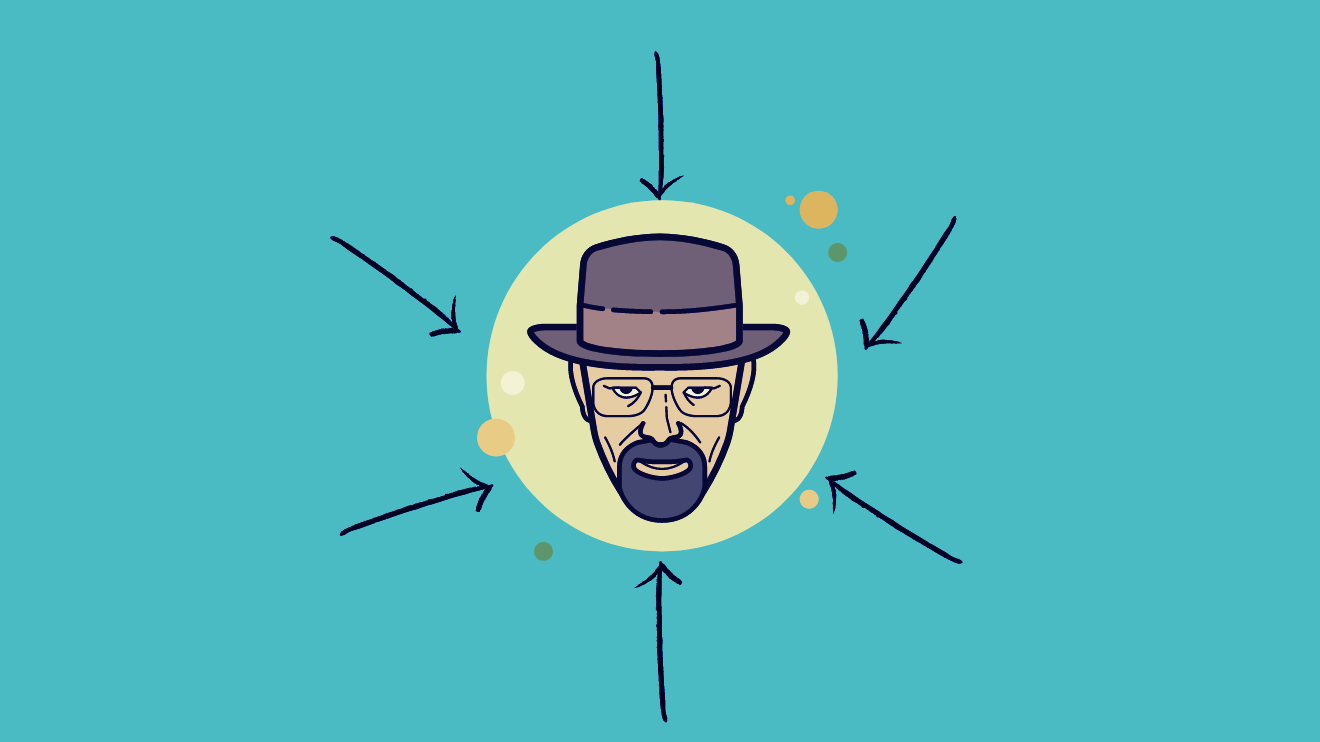
What Breaking Bad taught me about intersectionality
Using the Greatest Show Ever Made to explain the Greatest Concept Ever in mental health.

Few ideas are as pivotal to the mental health movement as the idea of 'intersectionality'. I figured out its meaning – and just why it is such a powerful concept – with the help of a few kind mentors I found in my early days as a mental health writer. Today, I'll try to explain it for our collective benefit using a scene from the Greatest Show Ever Made. Consider this a spoiler alert.
Ready?

Before we proceed, I have to tell you that I really dislike any term that reminds me of the inscrutable literary theory classes from my university days (I'm looking at you, 'poststructuralism'). So initially, I'd blank out whenever I heard the word 'intersectional' or 'intersectionality' at panels and seminars, taking it as more theoretical jargon with no bearing on real life. Too bad I hadn't yet discovered Breaking Bad.
The particular episode we're talking about is Season 2 Episode 3, 'Bit by a Dead Bee.' Go speed watch it first if you need a refresher.


